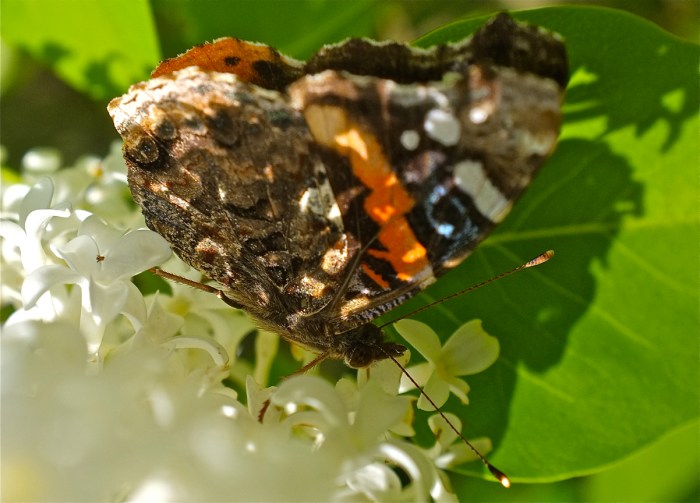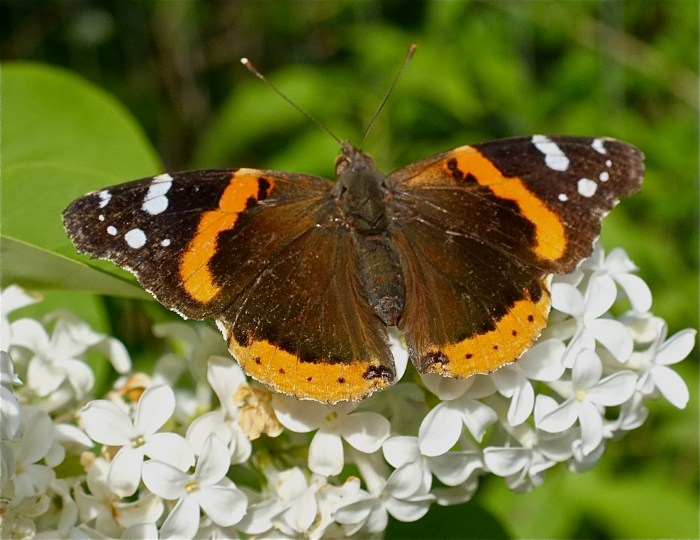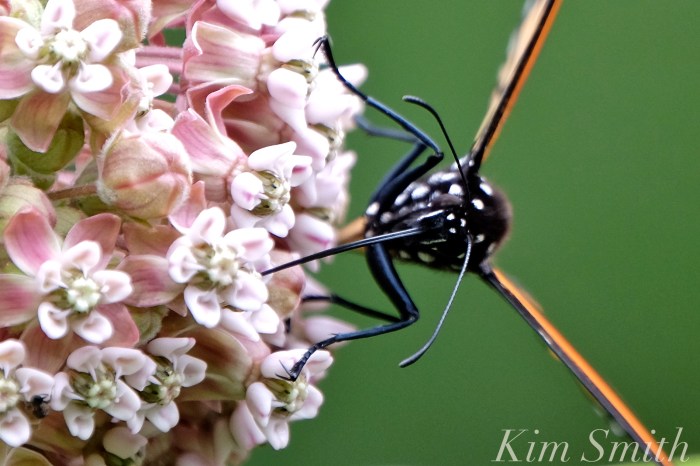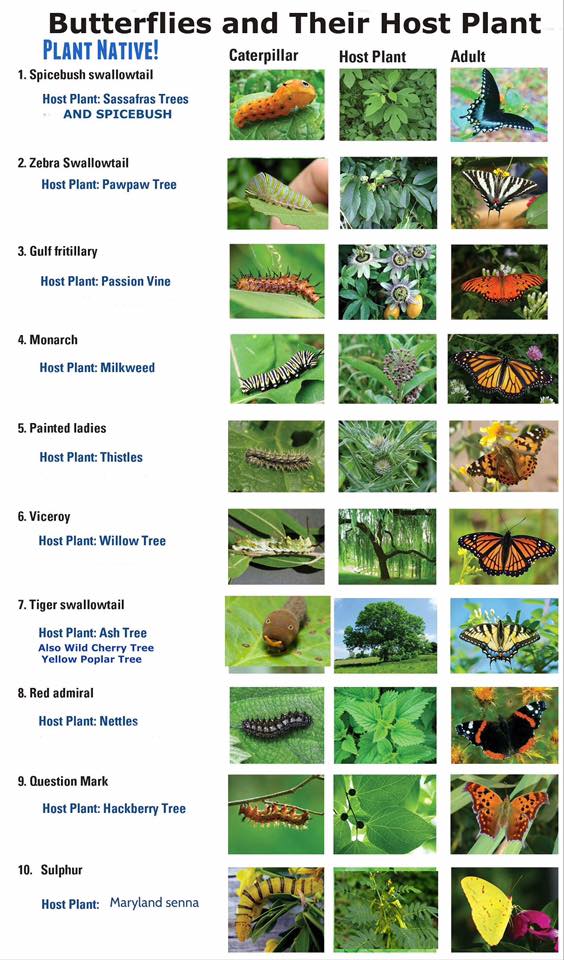I am receiving a mountain of emails about the beautiful butterfly with underwings of mottled brown and upper surface banded brilliant fiery orange-red.

The Red Admiral butterfly is having an “irruptive” year and millions are streaming northward through gardens from Texas to Canada. An irruption for a species of butterfly can best be described as a sudden sharp increase in the relative numbers of a population.

This has been an amazing spring for butterflies, not only because they emerged earlier, but because they are present in much greater numbers than is usual. I have also been filming many more Question Mark and Painted Lady butterflies than is typical for this time of year.
The following is excerpted from an article about the Red Admiral that I wrote several years ago. Click here to read the complete text.
Red Admirals are Holarctic, a term used by zoologists to define the ecozone covering much of North America and Eurasia, which share many faunal characteristics. In our region Red Admirals are a migratory species that cannot withstand cold winter temperatures. Their numbers in any given year vary, from uncommon to abundant, and their abundance depends on the nature of that year’s migration and the success of the resulting breeding season. In the first week of May, Red Admirals begin to appear from overwintering populations in North Carolina and southward. Males perch from advantageous lookouts and will dart out to investigate passersby— prospective mates, other insects, and humans. Famously friendly, the Red Admiral readily alights on people, attracted by the salts in perspiration. They are on the wing almost continuously from May to October. The second, and quite possibly third generation, from the initial spring flight, begins the southward migration in late August to October.
 Red Admiral Nectaring at Common White Lilac (Syringa vulgaris)
Red Admiral Nectaring at Common White Lilac (Syringa vulgaris)
The caterpillar’s primary food source is nettles—in New England these include Stinging, Tall, False, and Wood Nettles, all of which are unsuitable for the garden, particularly a small garden. The caterpillars “sew” the edges of the nettle leaves together with their silk and feed from within the shelter. The adults nectar at a wide variety of plants and are attracted to sap flows, rotting fruit, bird droppings, and wet soil.
Nabokov referred to V. atalanta as the Red Admirable and they appear several times in his novels to foreshadow death. “Its coloring is quite splendid and I liked it very much in my youth. Great numbers of them migrated from Africa to Northern Russia, where it was called ‘The Butterfly of Doom’ because it was especially abundant in 1881, the year Tsar Alexander II was assassinated, and the markings on the underside of its two hind wings seem to read 1881.”
Read More: The Red Admirable ~ Vanessa atalanta rubria
Spread The GMG Love By Sharing With These Buttons:













